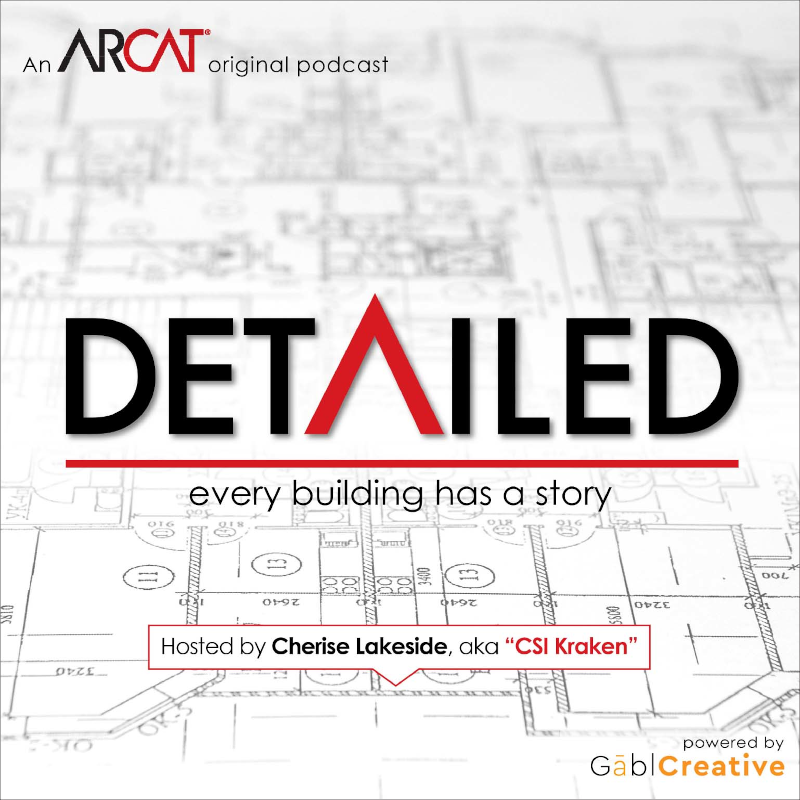|
Contributed by Elias Saltz By naming it “Let’s Fix Construction,” this project set forth the premise that construction is broken, or at least not operating optimally. To support the premise that construction needs fixing, I suggest it’s necessary to back up and determine what we believe are actually out of order.
I come to this project from a professional vantage point: that of an architectural school grad and an employee at architectural firms. I have been working my whole 22-year career in design firms; I’ve moved from intern to project architect to project manager and to full-time specifier. That means that I’ve been experiencing only one part of the story, but I have gotten pretty familiar with that one side. The facility design and construction process (at least in the traditional design-bid-build or design-negotiate-build methods) is for the most part driven by the architect. The architect is the one who is presented the project goals by the Owner and is tasked with generating the design and construction documents and then helping to facilitate its execution. In this architect-centric view, the responsibility to faithfully and skillfully execute the work lies with the architect. The architect comes up with the conceptual design and develops that design, adding more and more technical detail, coordinating the work of engineering and other consultants, incorporating information from myriad sources into one package and shepherding that package through procurement and entitlement, until the job can be built by a contractor. The architect maintains responsibility through construction, working to verify that the project is being built so that it conforms to the design. As the center of all that activity, the architect is the source of (or at least contributing to) many problems that, if solved, would go a long way toward ‘fixing’ construction. For the remaining part of this post I will describe what I see are some of the most serious of those problems, and hope for other stakeholders to add their own later. The words “many, but not all” should of course be a given in front of each item below.
The idea that we’re going to fix construction means that these and other problems should be identified, given serious thought individually and collectively, and only then I think should solutions be proposed. I look forward to working to affect the changes that the industry so desperately needs.
3 Comments
8/19/2016 11:19:35 am
Great kick-off Elias!
Reply
Ujjval Vyas
8/20/2016 12:25:57 am
What Elias references as point number one above is the result of nearly five years of work on my part and articulated further in the work of the recent group called the Fiduciary Duty Initiative. A subsidiary of this group involves specifiers and their issues as related to the larger fiduciary duty required of all licensed learned professions. Elias and a number of others in the specifications profession have participated in meetings of these groups. Elias was kind enough to allow me to present some of this work at a recent CSI Chicago presentation. Fixing construction will take a great deal more knowledge regarding the underlying economics, legal, and business issues in the whole BD+C markets than is currently understood. This new requisite duty will fundamentally change, for the better, the core problems in the profession and make the construction industry vastly more efficient. At the same time it will upend the current regime of practice at a scale that will be difficult to comprehend for many. Interestingly, what the AIA, CSI, NSPE, or other professional organizations think or want in regard to a fiduciary duty and its attendant duties of care and informed consent will be irrelevant and they can do nothing to stop its central role in the coming new reality of professional practice. A major conference is slated for next year that will lay out all the basic issues and make evident the academic validity and practical outcome of this change. It is good to realize that real change is coming though there will be much I asking of teeth and invective involved. Should be a very enjoyable ride as the architectural profession finally comes to accept the serious role and duties entrusted to it by the granting of a state monopoly for such services for the benefit of the client's interests first.
Reply
4/15/2017 06:07:24 pm
Happening on this string gave me the motivation to contribute to this blog, for the first time. The premise that Elias sets forth in the opening statement in his post is particularly pertinent. The notion (premise) that anyone can make the assumption that Construction is “Broken”, and that some nebulous, unidentified, transcendent group has the aptitude or capacity to prescribe some panacea to remedy all of Constructions infirmities has always seems steeped in Hubris to me. I have contracted from the taxonomy for a number of reasons.
Reply
Leave a Reply. |
AboutLet's Fix Construction is an avenue to offer creative solutions, separate myths from facts and erase misconceptions about the architecture, engineering and construction (AEC) industry. Check out Cherise's latest podcast
Get blog post notifications hereArchives
March 2022
Categories
All
|


 RSS Feed
RSS Feed
